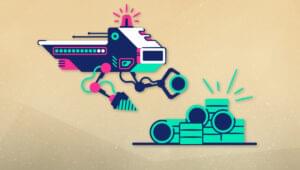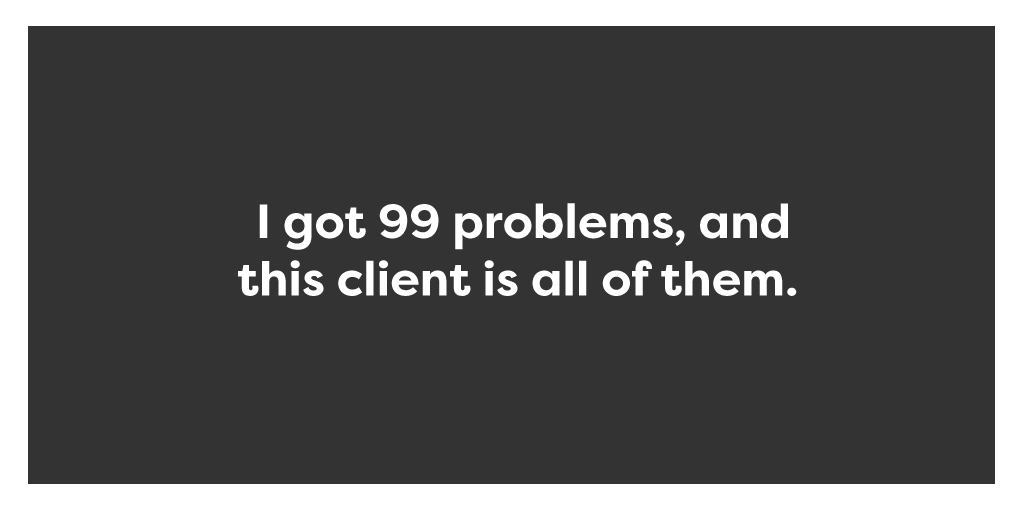
At first it might seem harmless, but as the sun sinks low and the air grows cold, it will turn on you and devour your time, energy and any snacks you might have lying nearby.
What am I describing? A Chupacabra? No. I’m talking about a bad client.
You don’t need a PhD in Criminal Psychology to spot a bad client. The signs are there, you just have to know what to look for. When you see them, run the other way. You’ll end up spending all the money you make from a bad client on Aspirin for the headaches they’ll cause you.
Many people just starting their career will see the signs and ignore them. They’ll rationalize that taking on a bad client is just part of paying your dues, that this client might lead to further clients down the road, that money is money, and they should just be grateful for the opportunity.
This is an unhealthy mindset. Just because someone offers to pay you doesn’t mean they have the right to disrespect you.
Here are seven types of problem clients.
1. The Penny Pincher
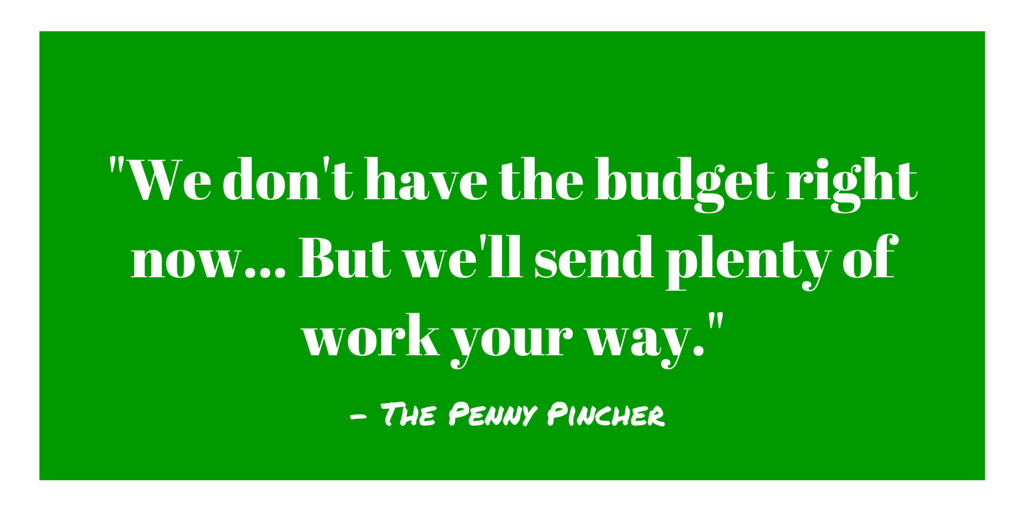
This client cares more about the cost of your services than the results of those services. They’ll find issue with your rates from the get-go, and won’t be satisfied with any price. The Penny Pincher is hunting for the cheapest solution to their problem – a problem which probably hasn’t yet been resolved because they won’t pay someone the amount required to fix it. This client doesn’t value your services, and anyone who doesn’t value your services doesn’t deserve them.
2. The Attention Hog

This client demands more of your time than they are willing to pay for and will monopolize your time by scheduling an excessive number of meetings and conference calls, only to repeatedly contact you outside of those scheduled meeting times. Attention Hogs will expect you to fulfill any and every request at unreasonable speeds and are quick to accuse you of ignoring these requests when you don’t respond within the nearest millisecond.
Attention Hogs are exhausting and impossible to satisfy. They act as if they are your only client. In their mind, paying you equates to buying you.
3. The Flake
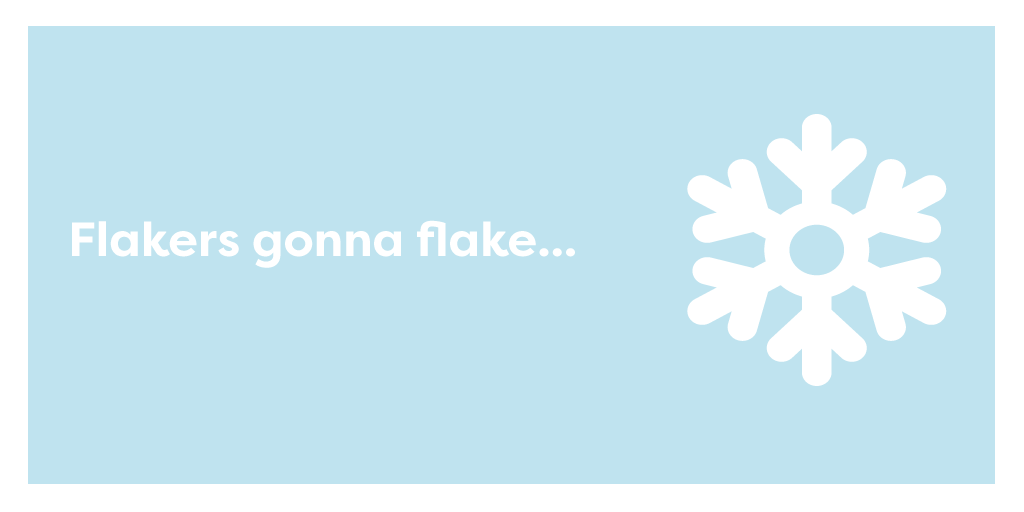
Antithetical to The Attention Hog, but equally as irritating, is The Flake. This client won’t monopolize your time because they don’t understand the concept of time. Flakes are disorganized and difficult to get a hold of. They’ll take an inordinate amount of time to respond to simple messages, or won’t respond at all. The Flake will show up late to meetings and conference calls, then expect you to reschedule at the drop of a dime.
You can save an untold amount of hours by avoiding Flakes.
4. The Common Denominator

This is the client who can’t wait to badmouth their previous contractors to you. Their last web developer was incompetent. Their last marketing consultant didn’t understand them. Their last copywriter was actually a self-aware game of Yahtzee. Occam’s Razor would suggest that if it smells like crap everywhere the client goes, they should look under their own shoe. Sure, it’s possible that the client had an unfortunate string of bad experiences, but it’s much more likely that they are the common denominator in all of this negativity.
You want nothing to do with The Common Denominator. Remember, if the client has no qualms complaining to you about other contractors, they’ll have no qualms complaining to other contractors about you.
5. The Shoulder Shrugger
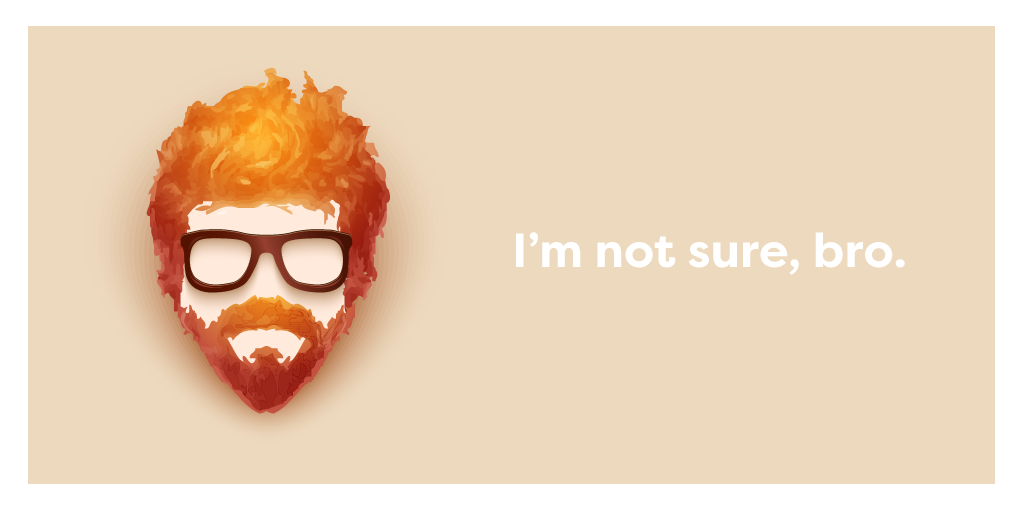
At first The Shoulder Shrugger might appear laid back and easy to work with. But on closer inspection you’ll realize that this client doesn’t know what they want. And if they don’t know what they want, you can’t give it to them. The Shoulder Shrugger will only supply you with a vague idea of the project and rely on you to fill in the blanks. When you don’t magically have the answers to ambiguous questions, guess who they blame?
Shrug off The Shoulder Shrugger or you’ll find yourself spending more time trying to figure out what the client wants than how to deliver it.
6. The Stringer
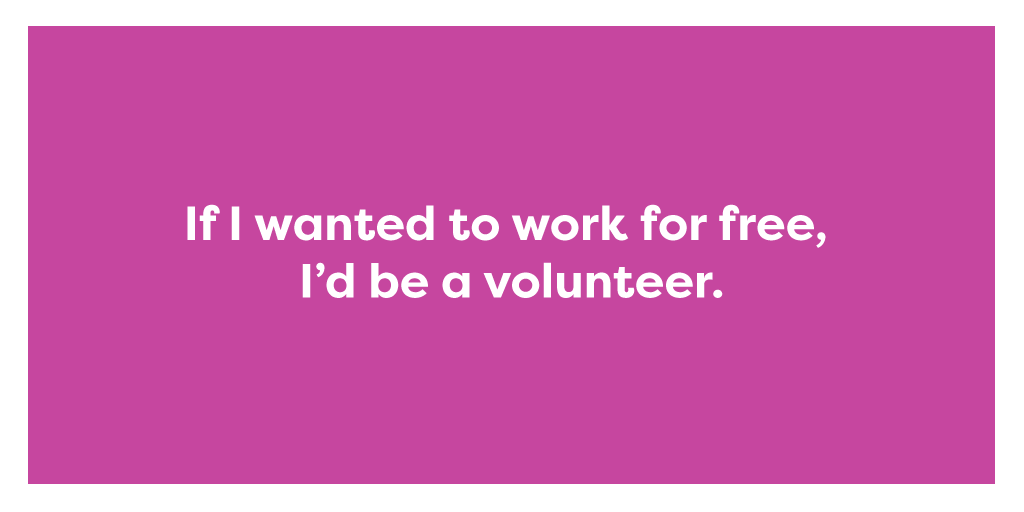
Has a client ever asked you to work for free in exchange for “exposure?” Perhaps they can’t pay you right now, but it’s totally chill man because you’re getting in on the ground floor. Is their potential for profit down the road? Have they said the phrase “profit sharing” one too many times?
These are the classic signs of a Stringer. They’ll string you along for as long as you’ll let them, and at the end you won’t make a penny.
7.The Bully
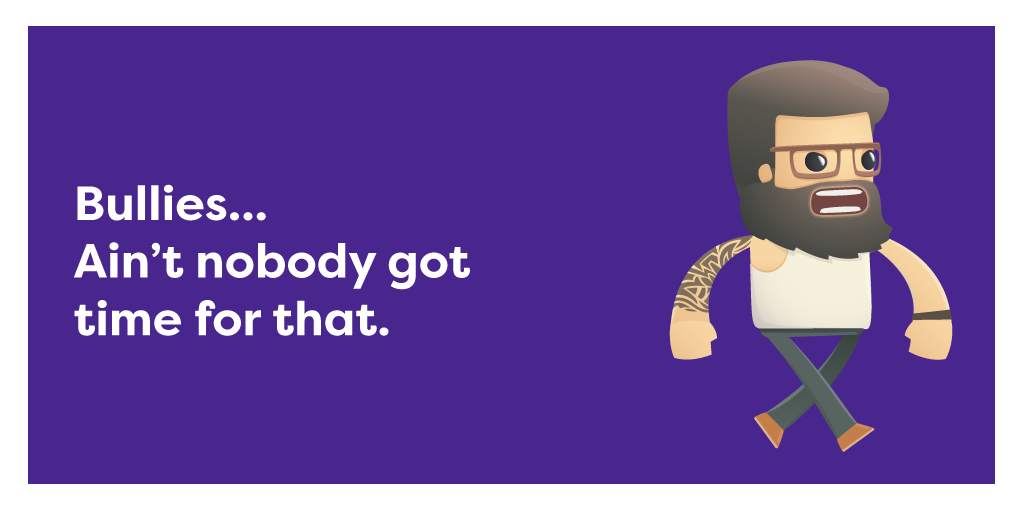
Out of all the client types, The Bully may be the easiest to spot. They’re rude, condescending and dismissive. They know better than you when it comes to just about everything and constantly wax nostalgia about people they know who can do your job much better than you.
When The Bully says, “My Pal Nicky can get this done in half the time for half the pay!” your response should be, “Then go call Nicky!” The Bully is more trouble than they’re worth. You’ll burn yourself out trying to live up to their impossible standards, so hold onto your integrity and give this client the boot.
Conclusion
Just because someone wants to pay you doesn’t mean you have to hire them. Bad clients drain your resources and may end up costing you more than they’re paying. Show the world that you have standards. Build a reputation for yourself as someone who only works with the best. Finding work might be a little tougher at first, but it will pay off in the long run.
Frequently Asked Questions about Dealing with Problematic Clients
How can I identify a problematic client before starting a project?
Identifying a problematic client before starting a project can save you a lot of time and stress. Look out for red flags such as unrealistic expectations, lack of clear communication, or unwillingness to sign a contract. If a potential client is constantly changing their mind about the project or is reluctant to provide necessary information, these could be signs of a problematic client.
What should I do if a client refuses to pay for completed work?
If a client refuses to pay for completed work, it’s important to remain professional and assertive. You can remind them of the agreed-upon payment terms and deadlines. If they still refuse to pay, you may need to consider legal action or hiring a collection agency.
How can I prevent misunderstandings with my clients?
Clear and consistent communication is key to preventing misunderstandings with clients. Make sure to clarify all project details, deadlines, and payment terms before starting the work. Regular updates and check-ins can also help keep everyone on the same page.
How can I handle a client who constantly changes their mind about the project?
Dealing with an indecisive client can be challenging. It’s important to set clear boundaries and expectations from the start. Include a clause in your contract about revisions and additional charges for changes made after a certain stage of the project.
What should I do if a client is not satisfied with my work?
If a client is not satisfied with your work, try to understand their concerns and address them professionally. Offer to make revisions or adjustments as necessary. If they’re still unhappy, it may be best to part ways amicably.
How can I maintain a positive relationship with difficult clients?
Maintaining a positive relationship with difficult clients requires patience and professionalism. Try to understand their perspective and address their concerns respectfully. Clear communication, setting boundaries, and managing expectations can also help.
What are some strategies for dealing with late payments from clients?
Strategies for dealing with late payments can include setting clear payment terms from the start, sending regular reminders, offering various payment methods, and charging late fees.
How can I protect myself legally when dealing with problematic clients?
Protecting yourself legally can involve having a detailed contract, keeping records of all communications and transactions, and seeking legal advice when necessary.
What should I do if a client is being disrespectful or abusive?
If a client is being disrespectful or abusive, it’s important to stand up for yourself and set boundaries. If the behavior continues, it may be best to end the professional relationship.
How can I avoid attracting problematic clients in the future?
To avoid attracting problematic clients, you can be clear about your expectations and boundaries from the start, screen potential clients carefully, and trust your instincts. If something feels off about a potential client, it’s okay to decline the project.
 Joshua Kraus
Joshua KrausJosh Kraus is a Chicago-born, Denver-based writer and mediocre autobiographist with an interest in art, entrepreneurship, and emerging industries. When he's not writing, he attends to his t-shirt business, Bird Fur. Find him at joshkra.us and birdfurtees.com.





